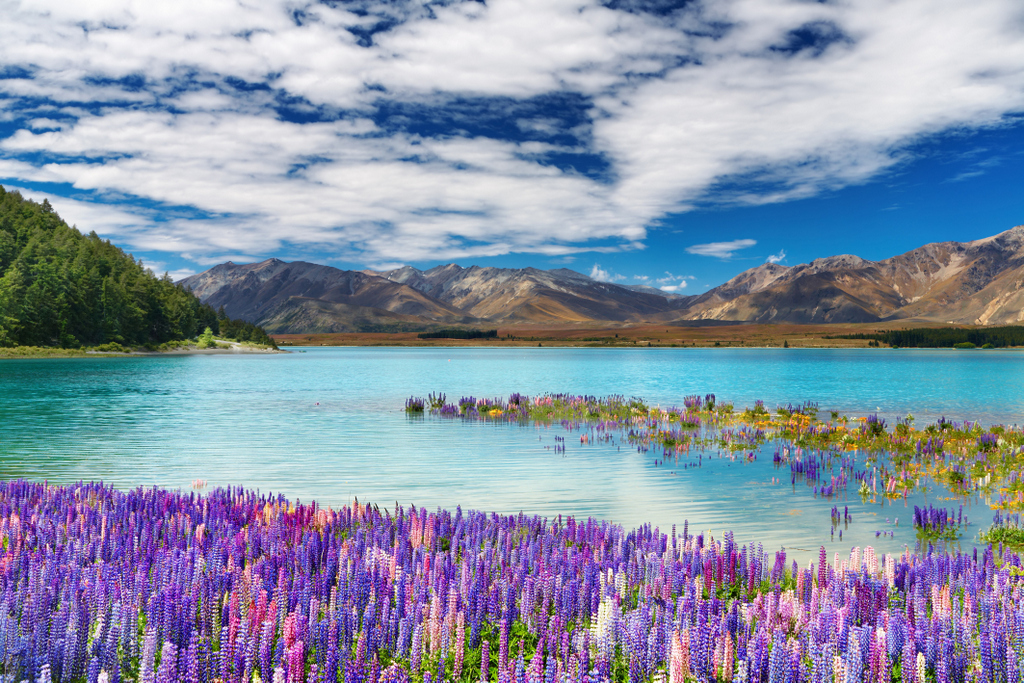
Sydney
Situated on the E coast, in the region of New South Wales, Sydney is Australia's oldest, largest and most diverse city. Located in the centre of Sydney is the dazzling Sydney Harbour with its iconic Sydney Harbour Bridge and Sydney Opera House. The city has no shortage of lazy bays and legendary surf beaches but Sydney is an adventure playground on the grandest scale with no shortage of activities. There's the Bondi surf, sailing under the Harbour Bridge on a yacht, jogging along the Coogee cliff tops or rampaging through Centennial Park on horseback. Everybody seems to enjoy the outdoors with swarming beaches, buzzing street cafés and the harbour is always blooming with a variety of sails. Sydney's location gives it a temperate, sunny climate with average maximum temperatures range from 17 degrees Celsius in winter (June-August) to 27 degrees Celsius in summer (December-February).
Sydney's population is approaching five million, but it is easy to leave the frenetic urban pace behind with just a simple ferry ride to the North Shore for a bush walk, enjoy a stroll along the harbour beaches or take any one of a number of daytrips to explore the 'real' Australia on the doorstep.
Sydney is a dynamic city and visitors love its verve and vibrancy, its beautiful harbour and myriad waterways. From sailboats and ferry rides to fine dining at a harbourside restaurant or outdoor cafe, the soul of Sydney is the harbour. The city is also a wonderful base for touring the New South Wales countryside and beyond the city there are friendly country towns, national parks filled with extraordinary flora and fauna, and beautiful beaches up and down the coast.
- See more at: http://www.traveleye.com/guide_cities.php?id=845&city=Sydney#sthash.HYggH0Sc.dpuf



















